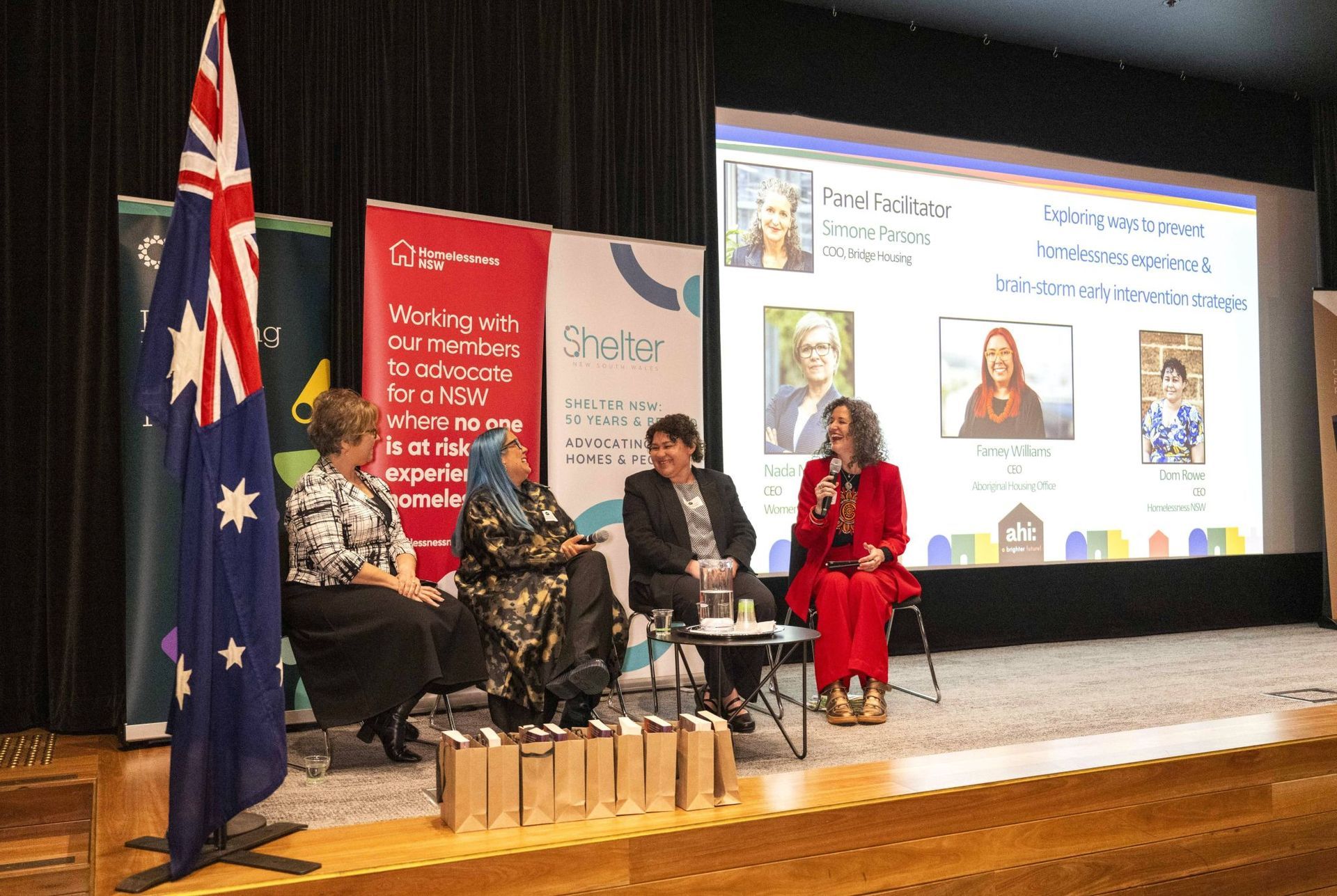Abstract
Inclusionary housing policies, aiming at creating both affordable housing and mixed neighbourhoods through land use regulation, do not have a long history in Scandinavia. Although Denmark, Norway, and Sweden have traditional welfare state perspectives on equal opportunities and housing, the use of the planning system to implement policy is hesitant. This article outlines the diverse political backgrounds and influences from housing and planning systems that explain this paradox. Further, differences between the housing and planning systems in the three countries are well illustrated by the varying interpretations of inclusionary housing policies. Policy results, in terms of affordability and social mix, play out very differently in the given contexts. The article in this sense adds to the scholarly conversations about barriers and opportunities for IH policy implementation, by contextualizing the conversation with implications from within systems that are relatively homogeneous and aiming for redistribution and equity. This raises questions about when, if, and how IH policy is the appropriate approach.







